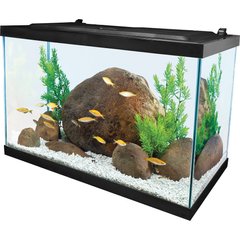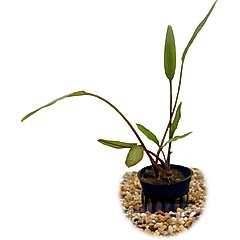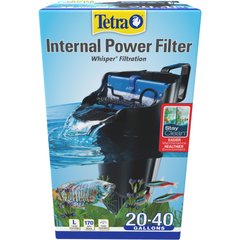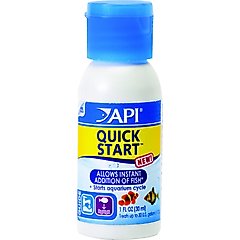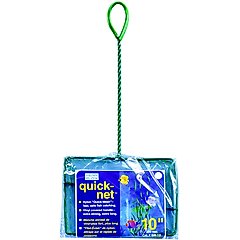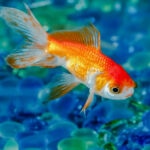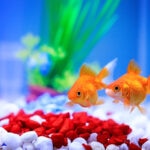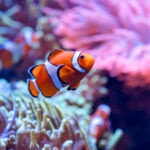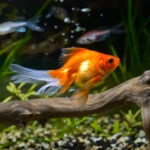How To Set Up a Planted Fish Tank
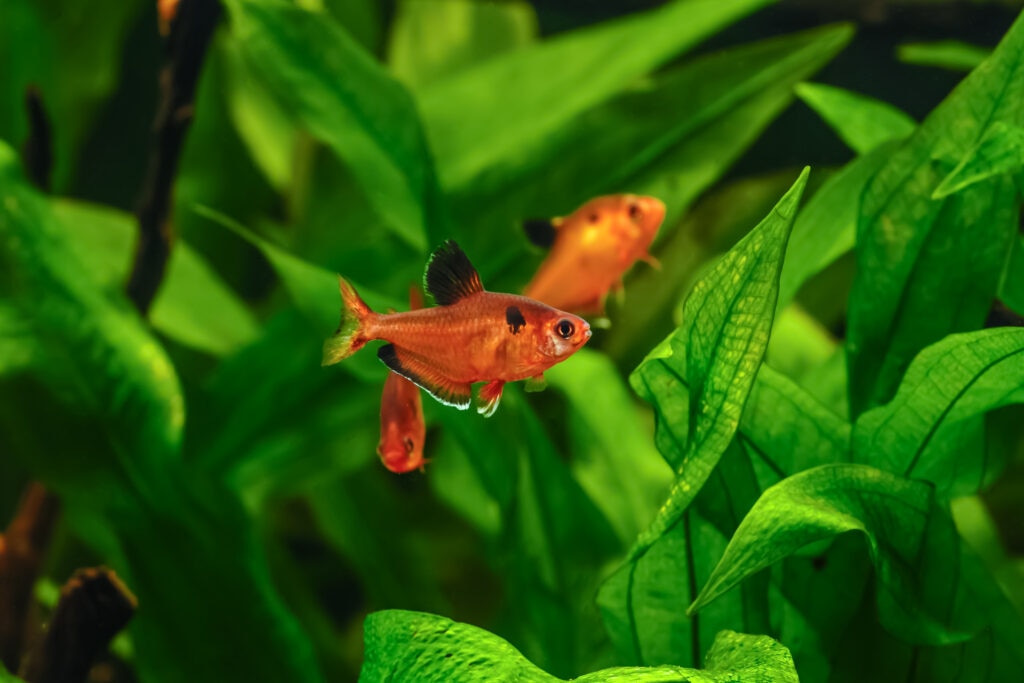
Photo by IURII BUKHTA/iStock/Getty Images Plus
As natural filters, live plants can improve water quality by removing harmful substances (such as nitrates and carbon dioxide) while oxygenating the water. Plus, fish enjoy the enhanced natural habitat and increased hiding places.
“Plants in aquariums can help reduce algae and improve water quality by taking in nutrients from fish waste to grow,” says Brandon Perez, senior aquarist at City Aquarium in New York City. Plus, fish tend to be calmer and more confident in planted tanks, he adds.
Like any garden, a planted aquarium requires a bit of know-how. Here’s a step-by-step guide to planting your own aquarium, from supplies to setup and maintenance.
Key Takeaways
- Planted tanks can add natural enrichment for your pet fish to enjoy.
- Aquarium plants also offer a natural way to filter tank water.
- Like regular plants, underwater plants need regular maintenance, including trimming and replanting.
Planning Your Freshwater Planted Tank
When considering the details of your planted fish tank, keep in mind the following:
Tank Type
Like any fish tank, larger tanks are more stable and easier to maintain. While many people are successful with planted nano tanks, it’s easier to start with at least a 20-gallon tank, like a Tetra Glass Aquarium.
Recommended Product
Types of Fish
Many beginner freshwater fish do well in planted aquariums, says Perez, adding that “a lot of the most common community fish will make great additions to planted aquariums.” These species include:
Types of Plants
Select aquatic plants that naturally thrive in low-light environments, says Ben Ros, a board member of the Southern California Marine Aquarium Society in Orange County, California.
“The key here is low-maintenance,” Ros says. “Fairly low-light plants that thrive under regular aquarium lighting are recommended.” These plants include:
- Java ferns
- Anubias
- Java moss
- Crypts
Recommended Product
Maintenance
The good news? Freshwater planted tanks need less maintenance than those without live plants.
“Getting to the right balance of plants, lights, and fish will ensure that the water remains clear and everything has the nutrients required to thrive,” says Ros.
Heavily planted, well-established aquariums can sometimes be self-sustaining, but lightly planted aquariums still require a filter, like the Tetra Whisper Internal Aquarium Power Filter with BioScrubber.
Recommended Product
Must-Have Planted Aquarium Supplies
Planted freshwater aquariums require the following supplies:
- Tank
- Filter
- Powerhead (pump)
- Substrate
- Lighting
- Heater and thermometer
- Planting tools
- Hardscape elements (if desired)
- Fertilizer
- Water conditioner
- Water testing kit
- Plant pruning tools
Setting Up a Planted Fish Tank
First things first: Set your fish up for success by carefully installing, filling, and planting the aquarium.
1. Install Equipment
Double-check to ensure that your filter, heater, lights, and powerhead are the correct size for your tank. The size and shape of your tank will determine placement, and installation varies depending on the specific product.
Always read the product manuals and fine-tune this initial set-up before adding anything else to your aquarium.
2. Add Substrate
If you’re using inert aquarium gravel, rinse it under running water until clear to remove any dust or debris. If you’re using a bioactive substrate, do not rinse. This can kill the beneficial bacteria that the substrate is seeded with.
3. Plant Your Freshwater Fish Tank Plants
Next, it’s time to plant. Gently place the plants in the substrate (tweezers can be helpful here) and ensure the roots are covered.
For plants that are prone to floating, use plant weights or a large piece of gravel to secure them.
Spacing will depend on your types of plants and aesthetic preferences. Leave some room between plants to allow growth. You’ll want to plant shorter plants in the foreground and taller plants that will grow to the height of the tank in the background. or as a centerpiece.
4. Fill With Freshwater
Fill a new, clean bucket designated for aquarium use only with fresh tap water. Add your water conditioner according to the package instructions and wait the instructed amount of time (this may vary between products).
When the treated water is ready, very slowly pour the water onto a small plate in the tank, being careful not to disturb the substrate and plants.
5. Cycle the Tank
The nitrogen cycle is a biological process where beneficial bacteria transform harmful ammonia (which is produced by decaying plants, leftover food, and fish waste) into nitrate, which is less toxic.
A newly set-up aquarium needs to go through the nitrogen cycle to establish a healthy colony of bacteria before you can safely add fish.
Failing to cycle your aquarium can lead to new tank syndrome, a common problem where ammonia levels rise dangerously. Cycle your tank with sturdy fish at a light density, and utilize a beneficial bacteria starter to speed up the process and reduce stress on the fish.
Recommended Product
How To Introduce Fish to Your Planted Aquarium
Now it’s time for the fun part—adding your fish! Consider the following steps to make the transition as safe as possible for your fish.
1. Float Your Fish
To acclimate your new fish to the tank’s water temperature, place the sealed plastic transport bag in the aquarium and allow it to float for 15 minutes.
2. Set Up Your Acclimation Container
Using a new, clean bucket or bowl, add the fish and water from the transport bag along with an equal amount of water from your aquarium. This will allow the fish to further adjust to the new water.
Gradually add more aquarium water to the acclimation container while monitoring the fish. If they show signs of stress such as gasping, changes in color, or erratic swimming, take a break and add the aquarium water more slowly.
3. Transfer Your Fish
After about an hour in the acclimation container, it’s time to transfer your fish.
Using a net, like the Penn-Plax Quick-Net Aquarium Fish Net, gently transfer them one by one to the container. Do not dump the water from the transport bag, as it may be contaminated.
Recommended Product
4. Wait Before Introducing More Fish
Allow your fish to acclimate to the aquarium before adding new fish, ideally one to two weeks.
Introducing too many fish too quickly can lead to a build-up in ammonia levels as the bacteria colonize and adjust.
What Does Maintenance for Planted Fish Tanks Look Like?
Planted fish tanks require regular maintenance, including:
Water Changes
Plan to change some of your aquarium’s water once every week or two, replacing about 10–20% of the water each time. Heavily planted tanks generally thrive with smaller water changes at more frequent intervals.
Plant Care
Aquarium plants need to be trimmed, pruned, and replanted to stay healthy and avoid overgrowth.
Utilize a fertilizer made for aquarium plants. Liquid fertilizers and root tabs are both good options. Follow the manufacturer’s instructions for the dosing schedule.
Cleaning
Regularly remove algae buildup on the glass with a scraper and gently vacuum the substrate to remove waste and uneaten food (being careful not to damage the plant roots). Filters and other equipment should be cleaned according to the manufacturer’s instructions.
With proper care and equipment, a simple planted tank can make a beautiful display, showcasing a slice of nature in your home. As you become proficient with maintaining sturdy starter plants you can consider things like adding CO2 and high-intensity lights that will open a much wider range of plants, including some types with much more vibrant colors.
